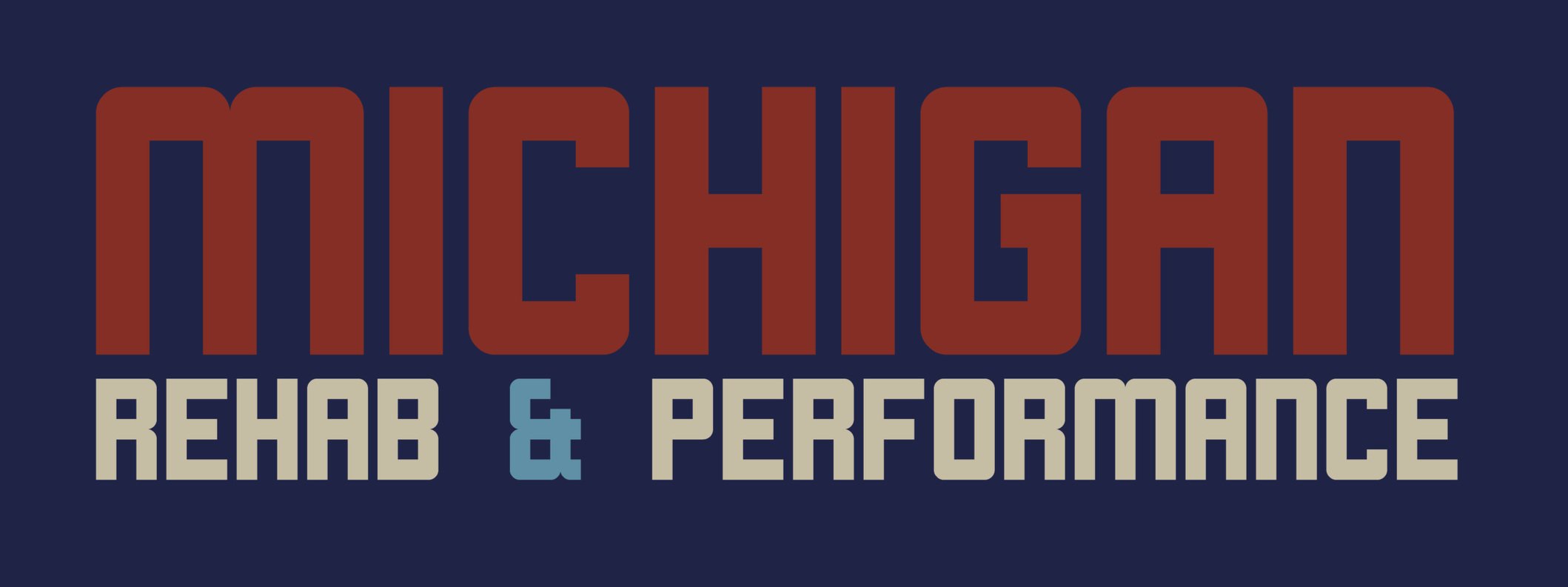Cortisone Injections vs. Physical Therapy: What’s Better for Lasting Pain Relief?
Cortisone Injections vs. Physical Therapy: What’s Better for Long-Term Pain Relief?
Each year, millions of people deal with musculoskeletal pain — from back pain and shoulder pain to knee pain and more.
Some choose rest and over-the-counter meds like ibuprofen. Others try to push through. But many eventually seek help — and are often presented with two choices: cortisone injections or physical therapy.
Unfortunately, cortisone has become a go-to, first-line treatment — even though its effectiveness is temporary and it carries potential long-term side effects.
The Downside of Cortisone Injections
1. Short-Term Relief Only
Cortisone injections reduce inflammation and pain — but only temporarily. Relief may last a few days to a few months, but the underlying cause of the pain remains untreated, which means it often returns.
2. Tissue Weakening
Research shows cortisone can weaken tendons and ligaments near the injection site, increasing the risk of further injury and long-term joint damage.
3. Cartilage Breakdown
Cortisone may also contribute to joint cartilage deterioration, especially concerning for patients with osteoarthritis. This can worsen joint health over time.
4. Risk of Infection
Although rare, infections can occur due to the needle injection. These complications can lead to delayed recovery and additional treatment needs.
Why Physical Therapy Is the Better Long-Term Option
1. Treats the Root Cause of Pain
Physical therapy (PT) addresses the true source of pain — not just the symptoms.
A skilled physical therapist performs a thorough evaluation and builds a personalized treatment plan to target dysfunction, reduce pain, and prevent recurrence.
2. Improves Mobility and Overall Function
PT focuses on the entire kinetic chain, not just the problem area. For example:
A tight thoracic spine might affect shoulder mobility
A restricted ankle can limit squat depth
By treating these interconnected areas, physical therapy promotes better movement, performance, and longevity.
3. No Harmful Side Effects
Unlike cortisone, physical therapy is a non-invasive and drug-free approach. It supports the body’s natural healing processes through movement, manual therapy, and targeted exercise.
4. Empowers the Patient
Physical therapy provides education, tools, and confidence so patients can actively manage their recovery. With a custom exercise program and understanding of their condition, patients are better prepared to handle future flare-ups or prevent them altogether.
When to Consider Cortisone Injections
While physical therapy is generally the safer and more effective option, cortisone may be appropriate in some specific cases:
Severe pain preventing participation in PT
Acute inflammation unresponsive to conservative care
As a short-term supplement to a physical therapy plan
Even then, cortisone should not be the only solution.
Conclusion: Don’t Just Mask Pain — Fix It
Cortisone injections may provide quick relief, but they rarely offer a lasting solution — and may cause more harm than good.
Physical therapy, on the other hand, treats the root cause, improves function, and empowers you for long-term recovery.
Before opting for a shot, consider trying physical therapy first — you have the right to choose the path that supports true healing.
Ready to fix the root cause of your pain?
Book a consultation with our performance physical therapy team and get a plan tailored to your body, your goals, and your lifestyle.
